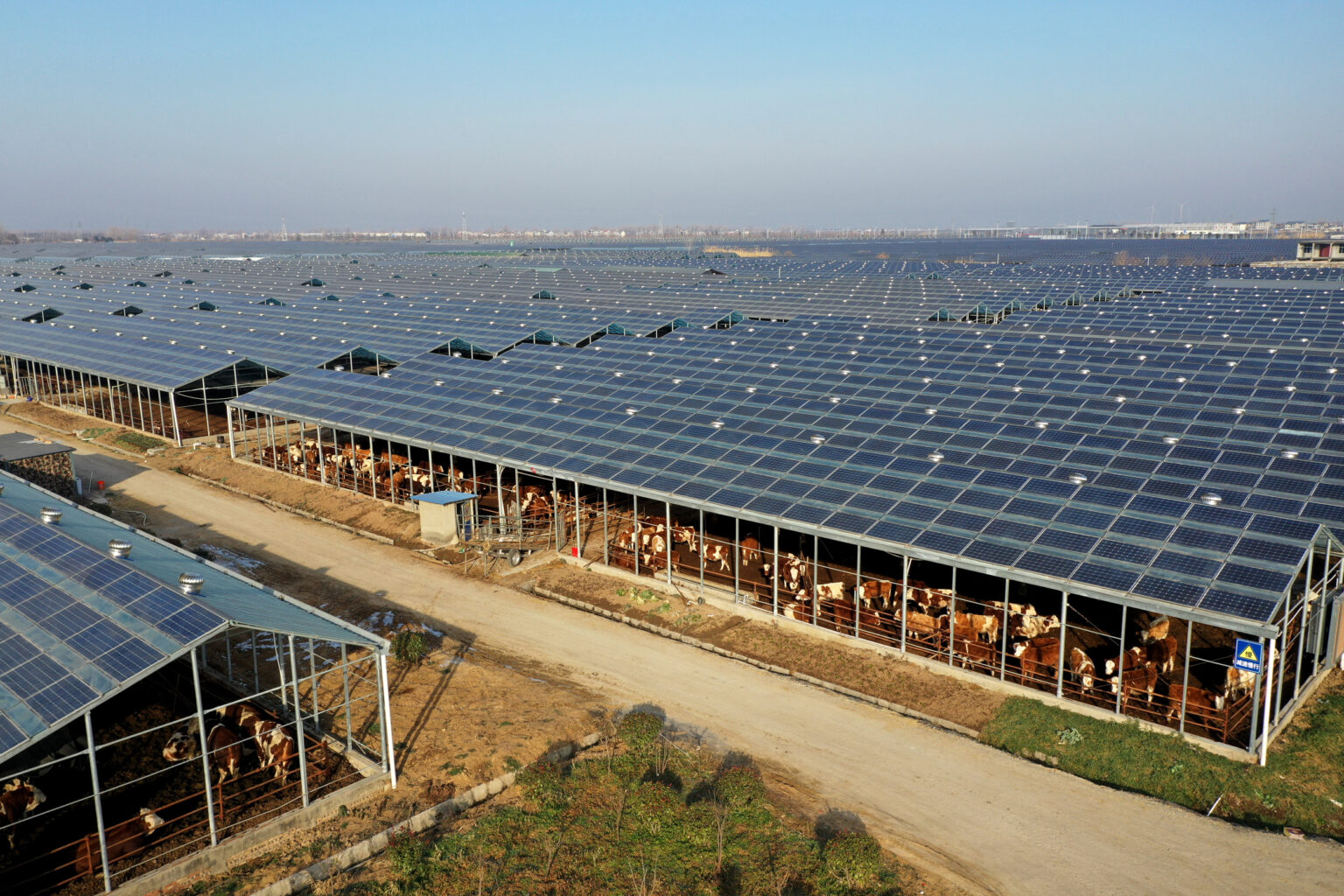In Wyoming, Sheep May Safely Graze Under Solar Panels in One of the State’s First “Agrivoltaic” Projects
time:2024-02-19 11:21:52 Views:0 author:Jinan Freakin Power Ltd.
The elevated photovoltaic panels can actually improve grazing conditions, a novelty that could help make solar projects more land-efficient and accepted in the ranching-heavy state.Converse County is one of the most welcoming areas in Wyoming when it comes to clean energy. For roughly every 20 residents, there is one wind turbine, the highest ratio in the state. At a recent County Commissioners meeting, it took another step in diversifying its energy infrastructure, signaling its intent to issue its first solar farm permit to BrightNight.
The global energy company has proposed to build more than 1 million solar panels, a battery storage facility and a few miles of above-ground transmission lines on a 4,738 acres of private land run by the Tillard ranching family near Glenrock. The Dutchman Project, as it is called, is notable neither for its generation nor its storage capacity but for the creatures moseying beneath its panels.

The base of each sun-tracking panel will be several feet off the ground, allowing enough room for the Tillard’s sheep to continue grazing. In a state whose ranching industry predates its inclusion in the union, pairing solar generation with livestock grazing or other agricultural practices, a technique called “agrivoltaics,” could forge an unlikely alliance between two industries—one ancient; the other, high tech— that typically compete for resources.
Given the variation in soil, grazing plants, sunlight, moisture and terrain across Wyoming, Magagna stopped short of endorsing agrivoltaics as the de facto approach to solar farms moving forward. “I think it needs to be a carefully considered decision by the landowner,” he said.
Magagna wouldn’t rule out the possibility of an agrivoltaic solar farm cropping up on public land in the future, a process that would involve years of planning and environmental assessments by the Bureau of Land Management (BLM), as well as stakeholder input. But given the fact that a majority of public lands in Wyoming are grazed by cattle, “I think the opportunity to do that on public land on a very significant scale would not be there today,” he said.
In January, the BLM released an environmental impact statement regarding utility-scale solar farms in 11 Western states, including Wyoming, as it considers whether or not to amend its approach to solar farms in the region. The agency acknowledged agrivolatics as an “emerging [photovoltaic] system” that could gain commercial traction in the future.




